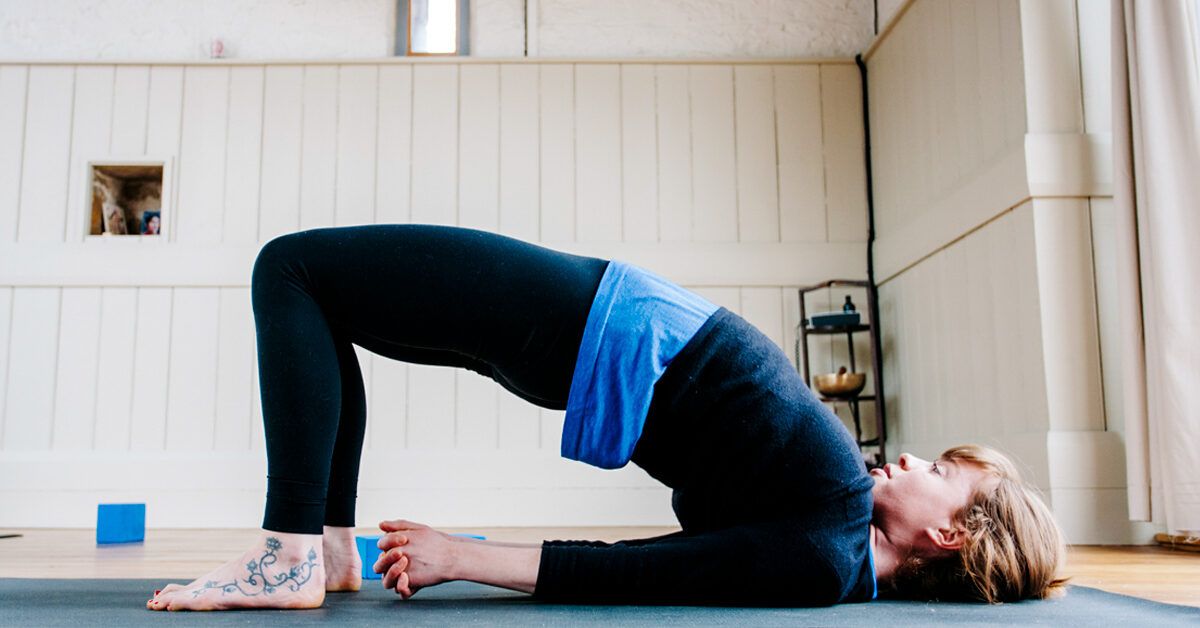Lower back pain is one of the most common age-related complaints among seniors. While rest may seem like the safest response, staying active with the right exercises is key to maintaining mobility and reducing discomfort. Gentle, consistent movement can improve flexibility, increase circulation, and build the muscular support your spine needs to stay healthy. The good news? You don’t need a gym or expensive equipment—just a little space, consistency, and the right moves.
Below are safe, effective exercises that seniors can do at home to strengthen the lower back and prevent future issues. These movements are designed to be low-impact, joint-friendly, and easy to modify depending on fitness level.
1. Pelvic Tilts
Why It Helps: Strengthens the abdominal and lower back muscles that support the spine.
How to Do It:
- Lie flat on your back with your knees bent and feet flat on the floor.
- Gently tighten your stomach muscles and press your lower back into the floor.
- Hold for 5 seconds, then release.
- Repeat 10–15 times.
Tips: Keep the movement small and controlled. Avoid arching your back.
2. Knee-to-Chest Stretch
Why It Helps: Gently stretches the lower back and hips, improving flexibility and circulation.
How to Do It:
- Lie on your back with both knees bent.
- Bring one knee up toward your chest, holding it with both hands.
- Hold the stretch for 20–30 seconds, then lower the leg.
- Repeat with the other leg.
- Perform 2–3 times per side.
Tips: Keep the opposite foot flat on the floor for support. Breathe steadily during the stretch.
3. Bridge Pose (Glute Bridges)
Why It Helps: Strengthens the glutes, core, and lower back muscles, which work together to support spinal alignment.
How to Do It:
- Lie on your back with knees bent and feet hip-width apart.
- Slowly raise your hips off the floor until your body forms a straight line from shoulders to knees.
- Hold for 5–10 seconds, then lower back down.
- Repeat 10 times.
Tips: Engage your abdominal muscles and avoid pushing through your neck.
4. Bird Dog (Opposite Arm and Leg Reach)
Why It Helps: Builds core stability and strengthens the muscles along the spine.
How to Do It:
- Start on your hands and knees in a tabletop position.
- Extend your right arm forward and left leg back, keeping your spine neutral.
- Hold for 5 seconds, then return to starting position.
- Switch sides.
- Complete 8–10 reps per side.
Tips: Keep movements slow and controlled. Avoid arching your back.
5. Seated Forward Bend
Why It Helps: Improves flexibility in the lower spine and hamstrings, both of which can affect back health.
How to Do It:
- Sit on a firm chair with your feet flat on the floor.
- Slowly bend forward from the hips, reaching toward your feet or the floor.
- Let your arms hang naturally.
- Hold for 20 seconds, then slowly return to an upright position.
Tips: Don’t force the stretch. Only go as far as is comfortable.
6. Wall Sits
Why It Helps: Builds strength in the lower body and back while improving posture and balance.
How to Do It:
- Stand with your back against a wall, feet shoulder-width apart.
- Slide down the wall until your knees are at about a 45-degree angle (not a full squat).
- Hold for 10–15 seconds.
- Slowly push back up to standing.
- Repeat 5–8 times.
Tips: Keep your back flat against the wall. Don’t go lower than is comfortable for your knees.
7. Cat-Cow Stretch
Why It Helps: Mobilizes the spine and eases stiffness, particularly in the lumbar area.
How to Do It:
- Get on all fours with wrists under shoulders and knees under hips.
- Inhale as you arch your back (cow), lifting your tailbone and head.
- Exhale as you round your spine (cat), tucking your chin and pelvis.
- Repeat for 8–10 breaths.
Tips: Move with your breath. Avoid jerky motions.
Safety Tips for Seniors Doing Back Exercises at Home
- Warm up first. A short walk around the house or some light stretching prepares the body for movement.
- Avoid bouncing or jerking motions. Controlled movement reduces risk of strain or injury.
- Use support when needed. A sturdy chair, wall, or railing can provide balance.
- Listen to your body. Pain is a sign to stop or modify an exercise.
- Stay consistent. A few minutes a day is more effective than a long session once a week.
- Consult a healthcare provider. Especially important if you have osteoporosis, spinal issues, or recent surgeries.
Why Strengthening Matters
As we age, the muscles that support the spine—particularly in the lower back and core—can weaken due to inactivity, arthritis, or poor posture. This leads to instability, increased risk of falls, and greater strain on joints. Strengthening these areas not only reduces back pain but also improves posture, balance, and overall function in daily life.
For seniors, movement isn’t just about fitness. It’s about maintaining independence. Simple home-based exercises like these can be a game-changer for preventing discomfort and staying active well into later years.
Final Thoughts
You don’t need fancy routines or a gym membership to take care of your lower back. The most effective results come from consistency, correct form, and a willingness to stay active. These exercises are designed to meet seniors where they are—at home, with minimal equipment and maximum benefit. Start slow, stay regular, and your back will thank you.
